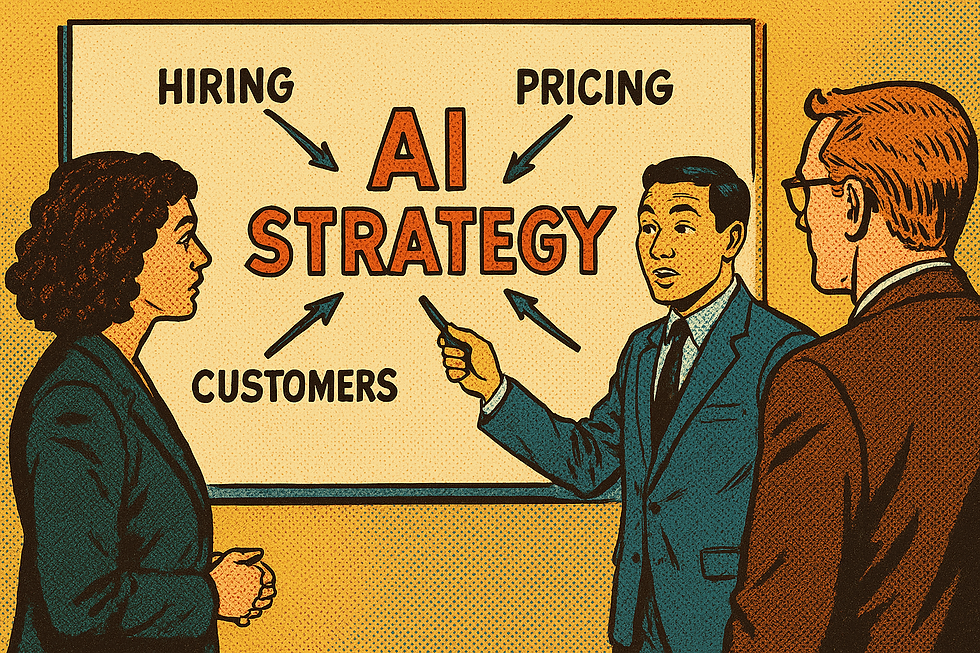AI Created Jobs and Not Just for Engineers
- Dell D.C. Carvalho
- Apr 6
- 2 min read
In 2021, IBM added an AI tool to help manage contracts. Instead of cutting jobs, the company hired more people. They needed workers to train the system, check its work, and help teams use it. The tool helped reduce time spent on simple tasks, but people still handled decisions. One IBM manager said the company created more roles for data analysts and AI trainers once the system launched¹.
This is not an outlier. Adding AI does not always lead to job cuts. Many companies have used AI to increase hiring in new areas.

More Jobs, Not Fewer
A 2023 study by the International Federation of Robotics found that companies using AI and automation created 58 million new jobs globally, even though some roles changed or disappeared². AI often replaces routine work, but it also needs people to guide it. This includes AI ethics teams, data labelers, and software testers.
For example, Accenture began using AI tools in 2020. Since then, the company hired 40,000 people in roles focused on AI support, system integration, and user experience³. These roles did not exist before the rollout.
Amazon also increased hiring after adding AI to its warehouses. In 2022, the company added 700 new tech-related roles to help manage robotic systems. Most were filled by internal staff who received short-term training⁴.
New Roles and Reskilling
Companies that add AI often invest in training. Microsoft launched a program in 2020 to teach AI skills to 25 million people. Many of the trainees moved into entry-level tech jobs⁵.
In a McKinsey survey from 2023, 39% of companies said AI led to new roles they hadn’t needed before. These include prompt engineers, AI content reviewers, and system explainers⁶. Most employers did not reduce headcount—they shifted it.
While AI removes some tasks, it creates new ones that still need people. Companies that plan for this change often see job growth, not cuts.
Sources
IBM, 2021 Annual Report
International Federation of Robotics, World Robotics Report, 2023
Accenture, “AI and Human Capital,” 2023
Amazon Robotics, Press Briefing, August 2022
Microsoft, “Global Skills Initiative,” 2020
McKinsey & Company, “The State of AI in 2023”

.png)



Kommentarer